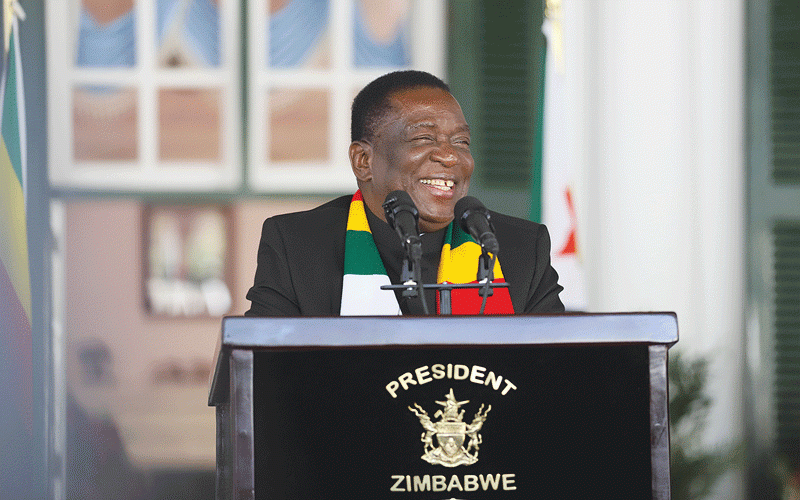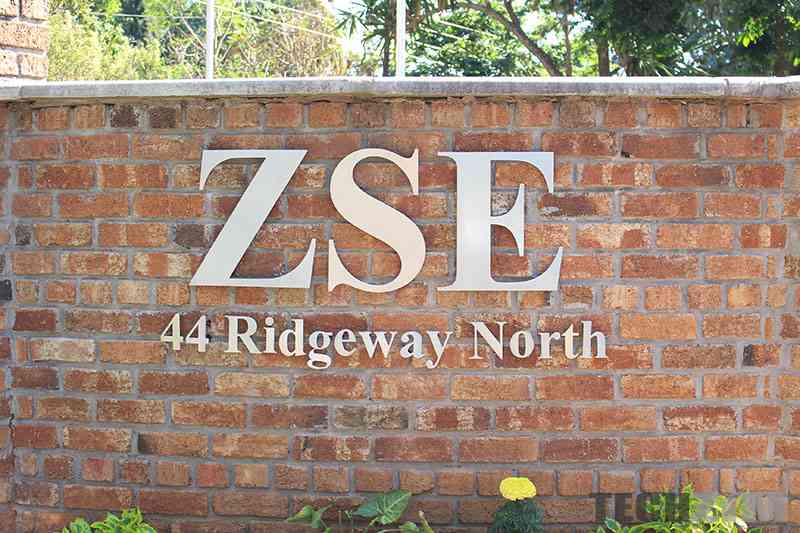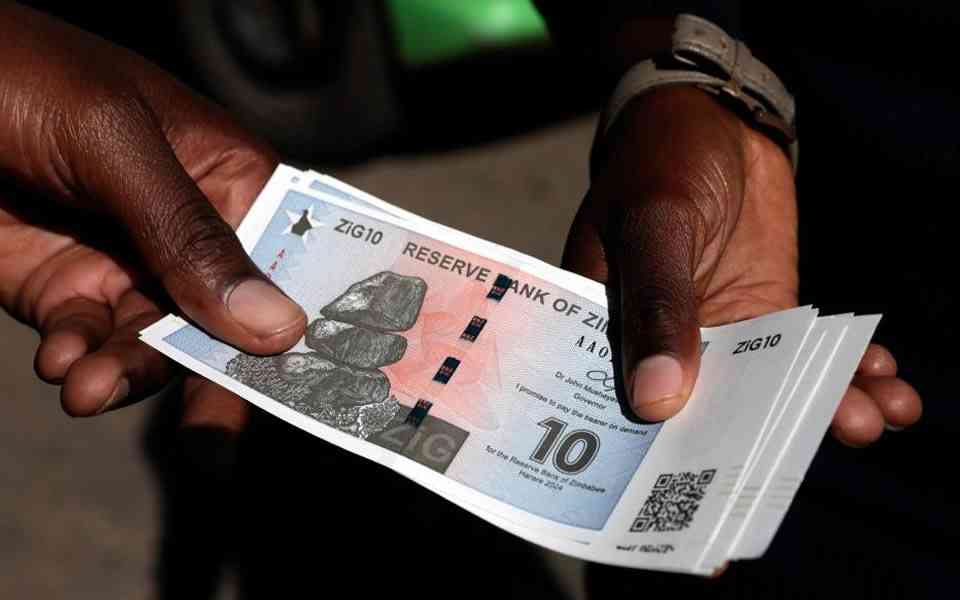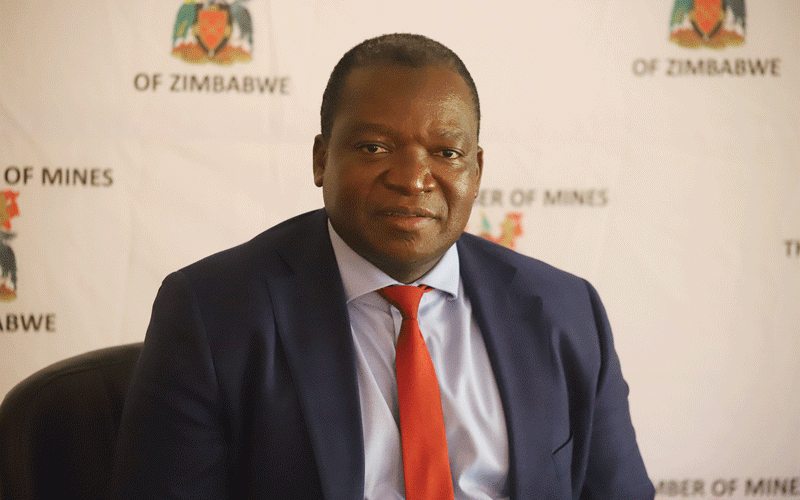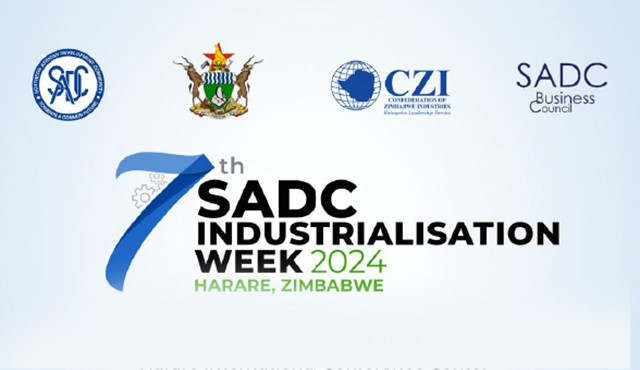
THE upcoming Sadc Industrialisation Week and Exhibition, set to take place in Harare from July 28 to August 2, presents a unique opportunity for various sectors of the economy, including the government, to showcase their potential, foster collaboration, and drive growth.
It will run under the theme Promoting innovation to unlock opportunities for sustainable economic growth and development: Towards an industrialised Sadc.
Since its debut in August 2016, the Sadc Industrialisation Week and Exhibition has been instrumental in promoting regional economic growth, cooperation and knowledge exchange. The programme convenes annually, ahead of the Sadc Summit of Heads of State and government, aimed at fostering new opportunities for intra-African trade, developing cross-border value-chains, and identifying investment opportunities in Southern Africa.
The event brings together leading private sector experts, regional and global policymakers, development finance institutions, Sadc officials, donors, civil society, and prominent industrialists and captains of industry in Sadc and the continent.
Their goal is to identify investment opportunities, address industrialisation bottlenecks, and jointly recommend solutions.
For the government, this event offers a chance to promote Zimbabwe's investment opportunities, highlight its economic reforms, and reiterate its commitment to creating a conducive business environment.
By engaging with regional leaders and investors, the government can attract foreign direct investment, secure partnerships, and negotiate trade agreements that benefit the country. The government should seize this event to boost foreign direct investment, which stood at US$588 million last year, the highest in five years.
The private sector can leverage this platform to exhibit their products and services, connect with regional buyers and suppliers, and explore new markets.
- Sadc Industrialisation week: A chance to thrive
Keep Reading
Companies in the manufacturing, agriculture, and mining sectors can showcase their capabilities, while start-ups and small and medium enterprises can gain exposure and access to funding opportunities.
This exposure can open doors to new markets within the Sadc region, significantly expanding customer bases and driving sales.
The exhibition also provides an opportunity for Zimbabwe's tourism sector to shine, with delegates and visitors able to experience the country's natural beauty, culture, and hospitality. This can lead to increased tourism revenue and a boost to the local economy. Furthermore, the event offers a chance for Zimbabwe to share its expertise and learn from others in areas such as infrastructure development, energy, and technology. This knowledge sharing can help address some of the country's pressing challenges and inform policy decisions.
To maximise the benefits of this event, the government and private sector must work together to ensure seamless logistics, adequate marketing, and effective follow-up on leads generated during the summit. Zimbabwe must use this opportunity to address concerns around the ease of doing business, corruption, and policy consistency to reassure investors and regional partners.
The exhibition presents a unique opportunity for Zimbabwe to promote its economy, foster regional collaboration, and drive growth.
By working together, the government, private sector, and other stakeholders can ensure a successful event that yields lasting benefits for the country.
We are hopeful that the government and the private sector will take advantage of this programme.

